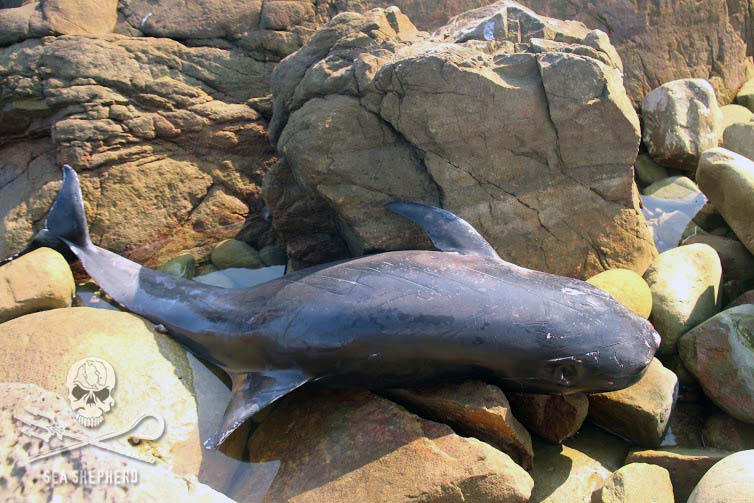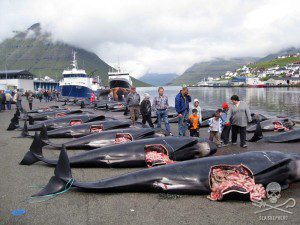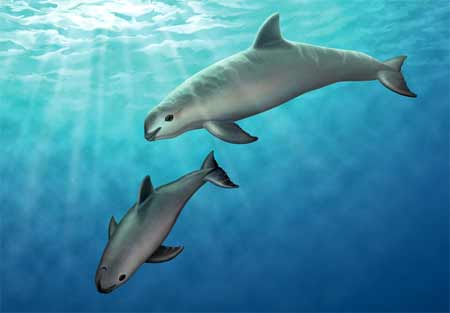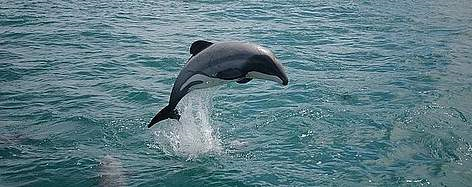By Tracy Brighten
How we justify cultural traditions that exploit animals and why that needs to change
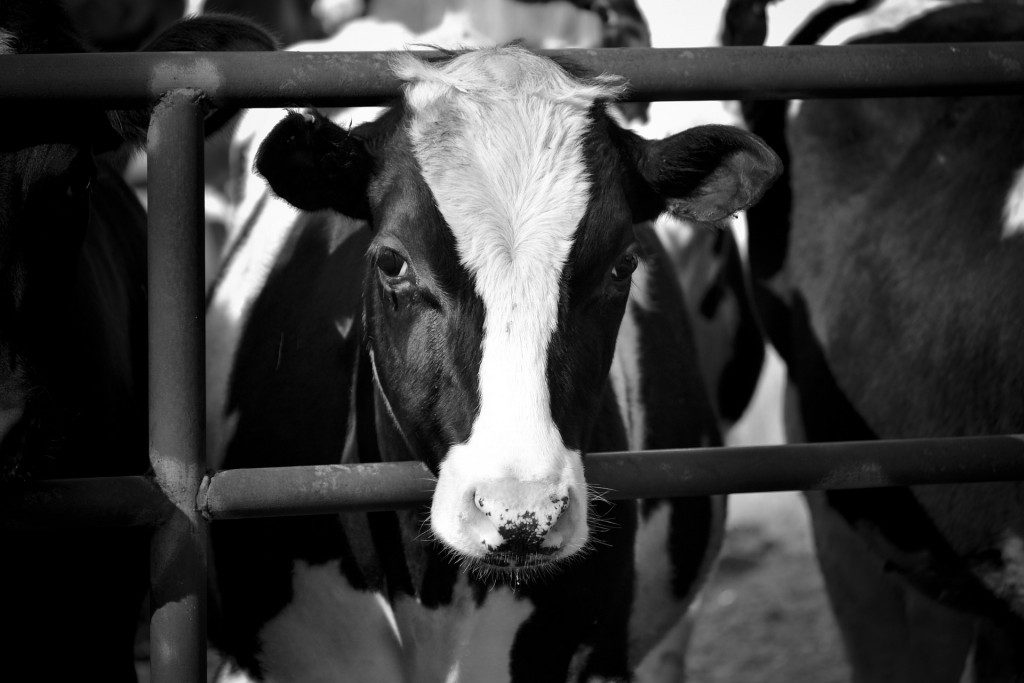
Cultural traditions are passed on through generations, perpetuating our use of animals for food and pleasure. In upholding religious festivals and food practices, medicinal ‘cures’, and superstitious beliefs, animal abuse continues without question. We can be reluctant to let go of cultural traditions, seeing change as a rejection of our culture, or even an attack on our identity. Continue reading
